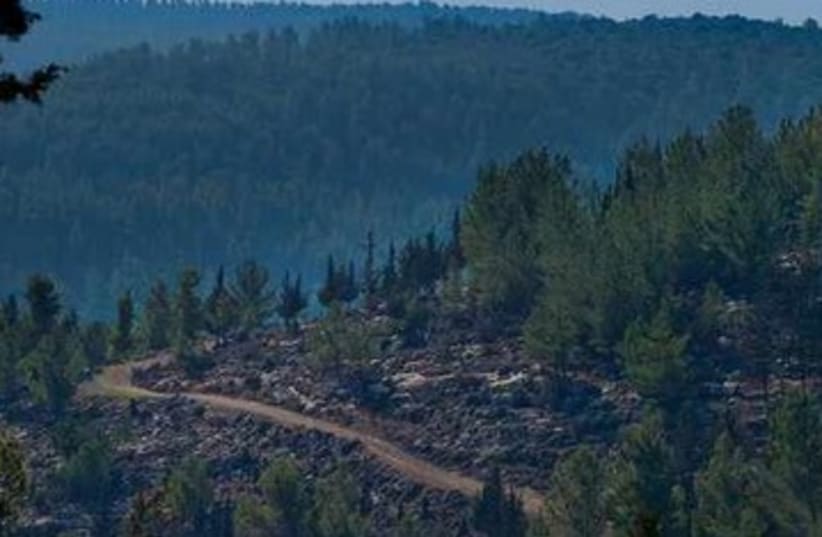Tourist Israel provides ideas for what to do in Israel, Israel tours, hotels in Israel, and events. It aims to be a resource for everyone whether they are planning their first visit to Israel or are a seasoned resident.
All Out Adventure: Hiking ancient agriculture
A new column: Explore some of the country’s best hiking options with tips on how to make the most of your visit.
